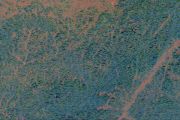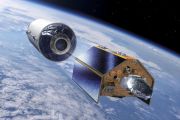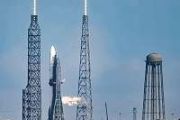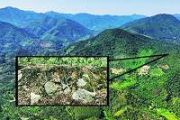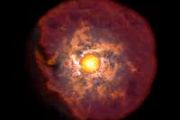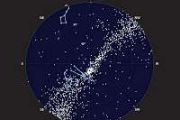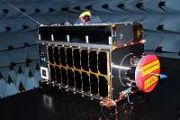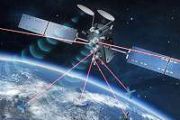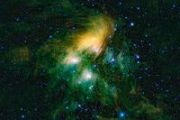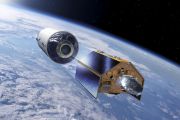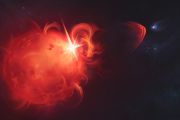
Copernical Team
Small-scale magnetism leads to large-scale solar atmosphere
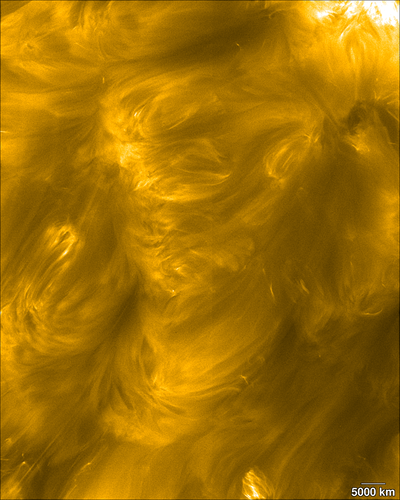 Image:
Image comparing views of Sun with two Solar Orbiter instruments
Image:
Image comparing views of Sun with two Solar Orbiter instruments Guide stars found as Euclid's navigation fine tuned
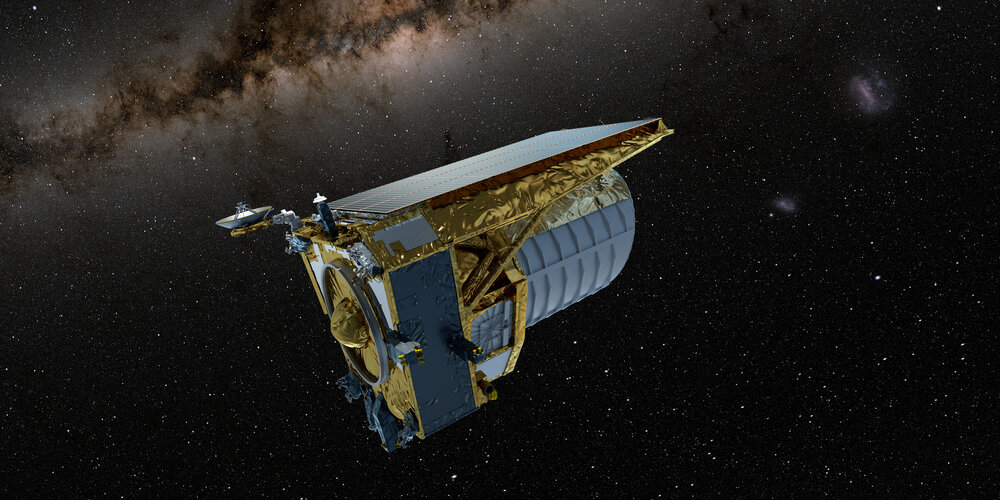
Vega’s PRETTY CubeSat: unlocking satnav for Earth data
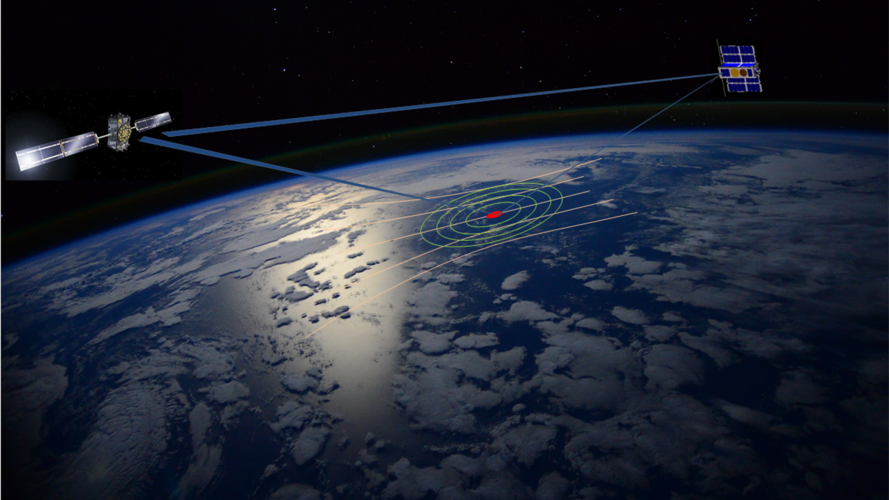
Our planet is being continuously bathed in radio signals from satnav satellites – which are useful for much more than just navigation. Dedicated space missions acquire these signal reflections to amass valuable environmental information. The shoebox-sized PRETTY CubeSat, flying on Europe’s next Vega launcher, will investigate a new frequency and novel observation angle to better measure the rate of climate change – at the same time as gathering radiation data on its surrounding space environment.
Amazon Gears Up for Inaugural Satellite Launch of Project Kuiper
 Amazon's expansive ambitions to delve into satellite-based broadband are about to take a concrete form. On October 6, 2023, the e-commerce behemoth is scheduled to launch KuiperSat-1 and KuiperSat-2, the initial pair of its projected constellation of more than 3,200 satellites. The launch, set to be executed from Launch Pad 41 at Cape Canaveral Space Force Station, will utilize the reliable Unit
Amazon's expansive ambitions to delve into satellite-based broadband are about to take a concrete form. On October 6, 2023, the e-commerce behemoth is scheduled to launch KuiperSat-1 and KuiperSat-2, the initial pair of its projected constellation of more than 3,200 satellites. The launch, set to be executed from Launch Pad 41 at Cape Canaveral Space Force Station, will utilize the reliable Unit Younger trees champion carbon capture
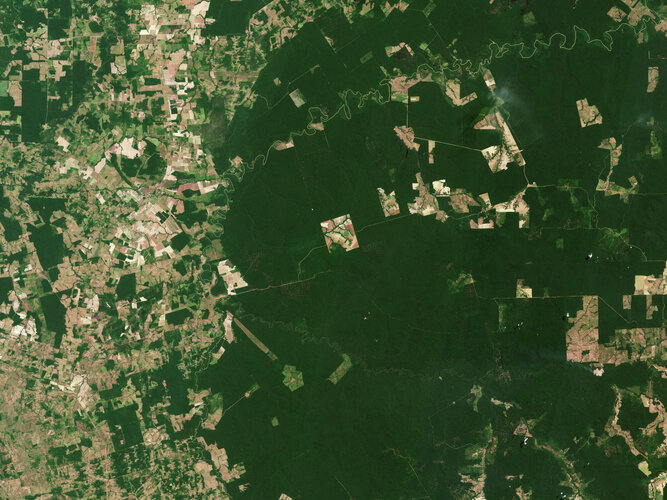
Thanks to their ability to absorb and store carbon dioxide from the atmosphere, forests have long been recognised as a key tool in the fight against climate change – but not all forests are equal. New research based on data from ESA’s SMOS satellite mission has found that, surprisingly, young trees are champions at carbon capture.
Sunday’s ESA Open Day at ESTEC: updates

Unfortunately, due to circumstances beyond his and our control, ESA astronaut Thomas Reiter has had to cancel his attendance at the ESA Open Day at ESTEC this Sunday. ESA astronaut André Kuipers and Reserve astronaut John McFall will still be attending.
US Army awards Comtech $48M for future EDIM SATCOM solutions
 Comtech (NASDAQ: CMTL) reports that the company was recently awarded a $48.6 million contract to deliver Enterprise Digital Intermediate Frequency Multi-Carrier (EDIM) modems in support of U.S. Army satellite communications (SATCOM) digitization and modernization programs.
Under the contract, Comtech will design, develop, test, and deliver EDIM units and provide hardware, software, and sus
Comtech (NASDAQ: CMTL) reports that the company was recently awarded a $48.6 million contract to deliver Enterprise Digital Intermediate Frequency Multi-Carrier (EDIM) modems in support of U.S. Army satellite communications (SATCOM) digitization and modernization programs.
Under the contract, Comtech will design, develop, test, and deliver EDIM units and provide hardware, software, and sus DLA Energy supports space missions from coast to coast
 From coast to coast, Defense Logistics Agency Energy is helping launch rockets and equipment into space.
The DLA Energy Aerospace team fueled two space missions this month: the first launch from Vandenberg Space Force Base, California, tested the U.S. Space Force Rapid Launch Capability and another from Cape Canaveral Space Force Station, Florida, sent National Reconnaissance Office satell
From coast to coast, Defense Logistics Agency Energy is helping launch rockets and equipment into space.
The DLA Energy Aerospace team fueled two space missions this month: the first launch from Vandenberg Space Force Base, California, tested the U.S. Space Force Rapid Launch Capability and another from Cape Canaveral Space Force Station, Florida, sent National Reconnaissance Office satell Vega's ESTCube-2 tether to the future
 Estonia's next satellite will fly aboard Europe's Vega VV23 launcher later this week. While largely designed and built by undergraduate students, the shoebox-sized ESTCube-2 has ambitious goals in mind, including surveys of Estonian vegetation and the first successful in-orbit demonstration of 'plasma brake' technology. Deployment of a charged microtether will slow the CubeSat's orbit, proving t
Estonia's next satellite will fly aboard Europe's Vega VV23 launcher later this week. While largely designed and built by undergraduate students, the shoebox-sized ESTCube-2 has ambitious goals in mind, including surveys of Estonian vegetation and the first successful in-orbit demonstration of 'plasma brake' technology. Deployment of a charged microtether will slow the CubeSat's orbit, proving t 
 Image:
Moon scouts
Image:
Moon scouts 




